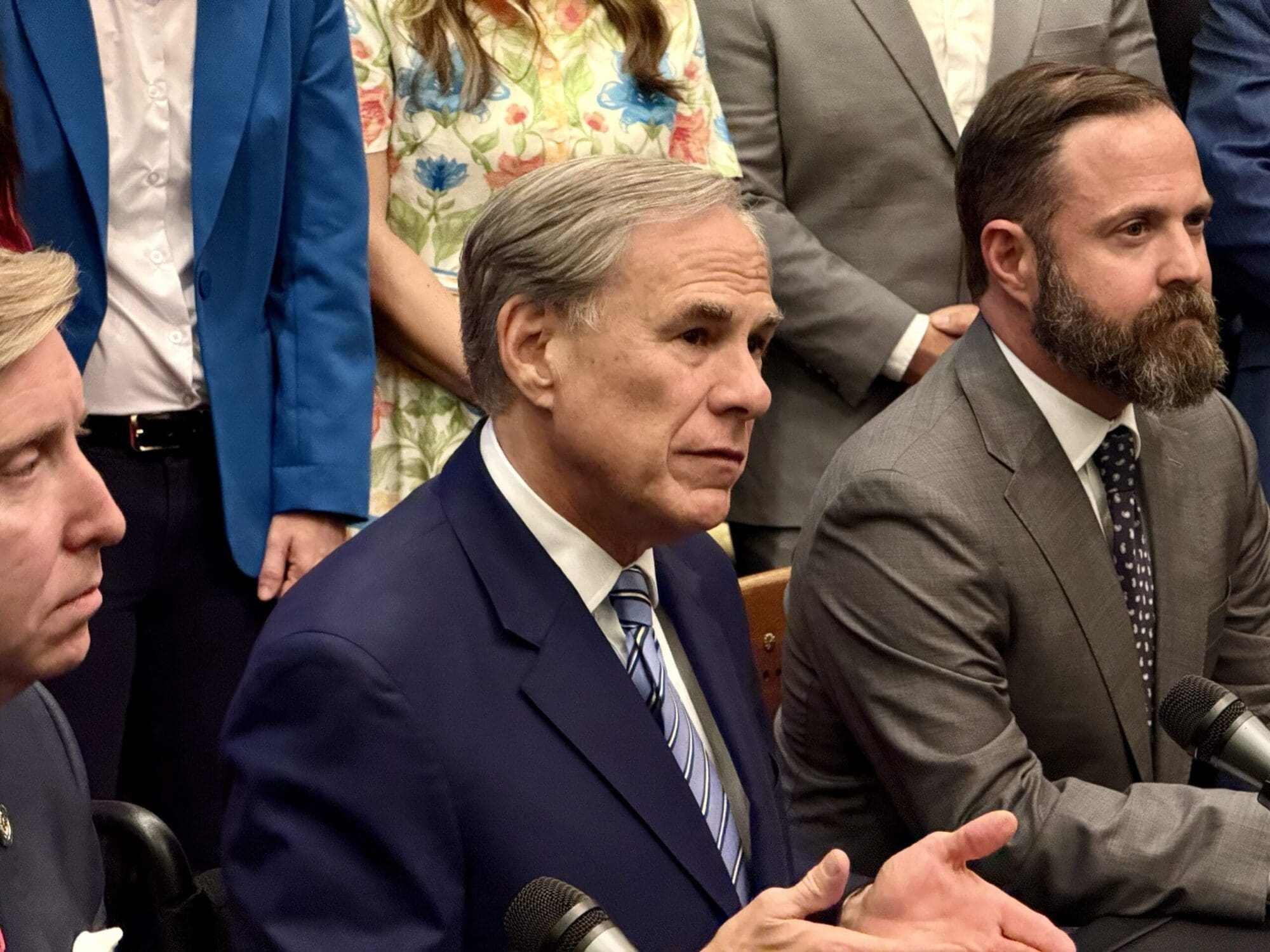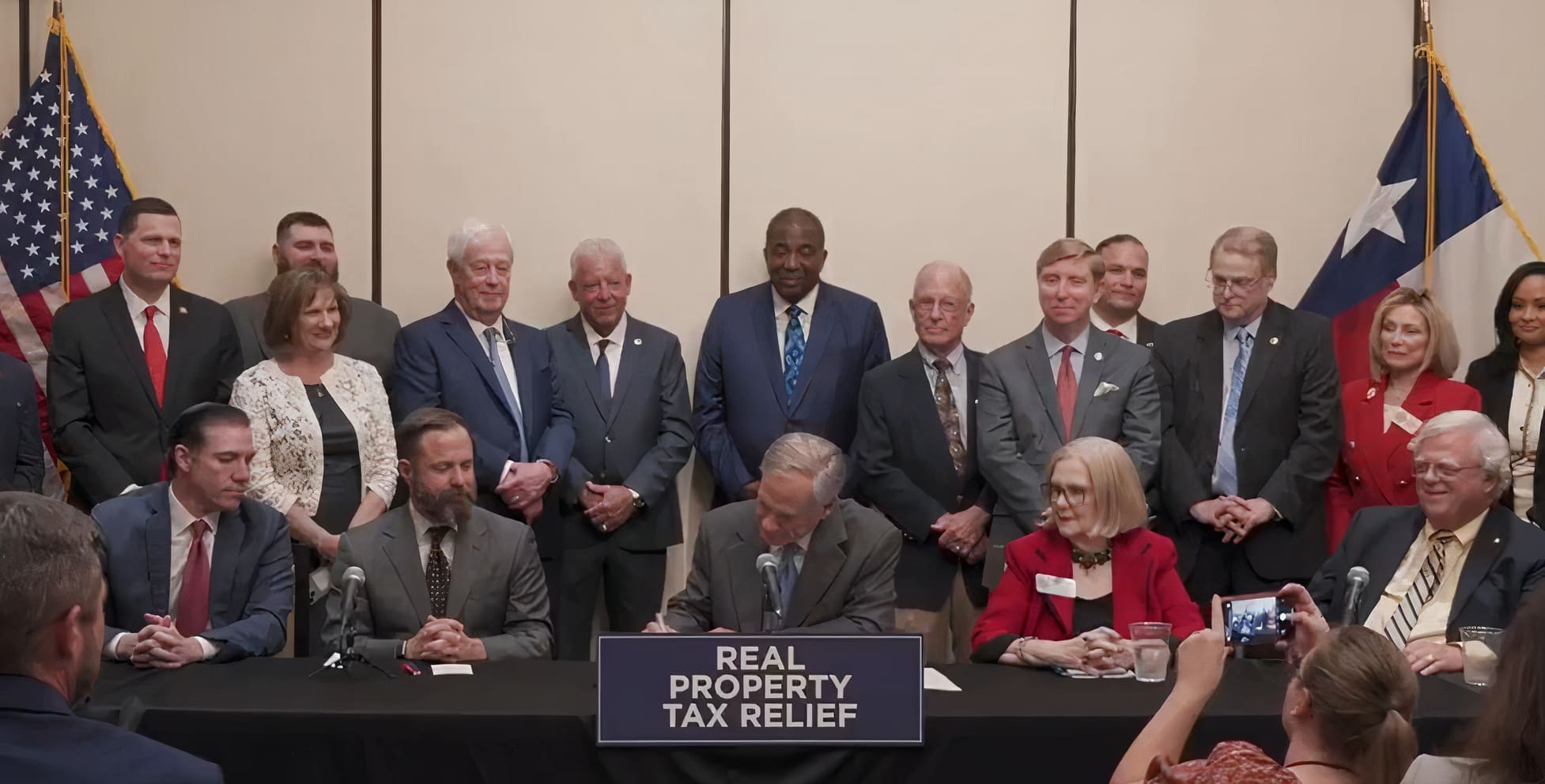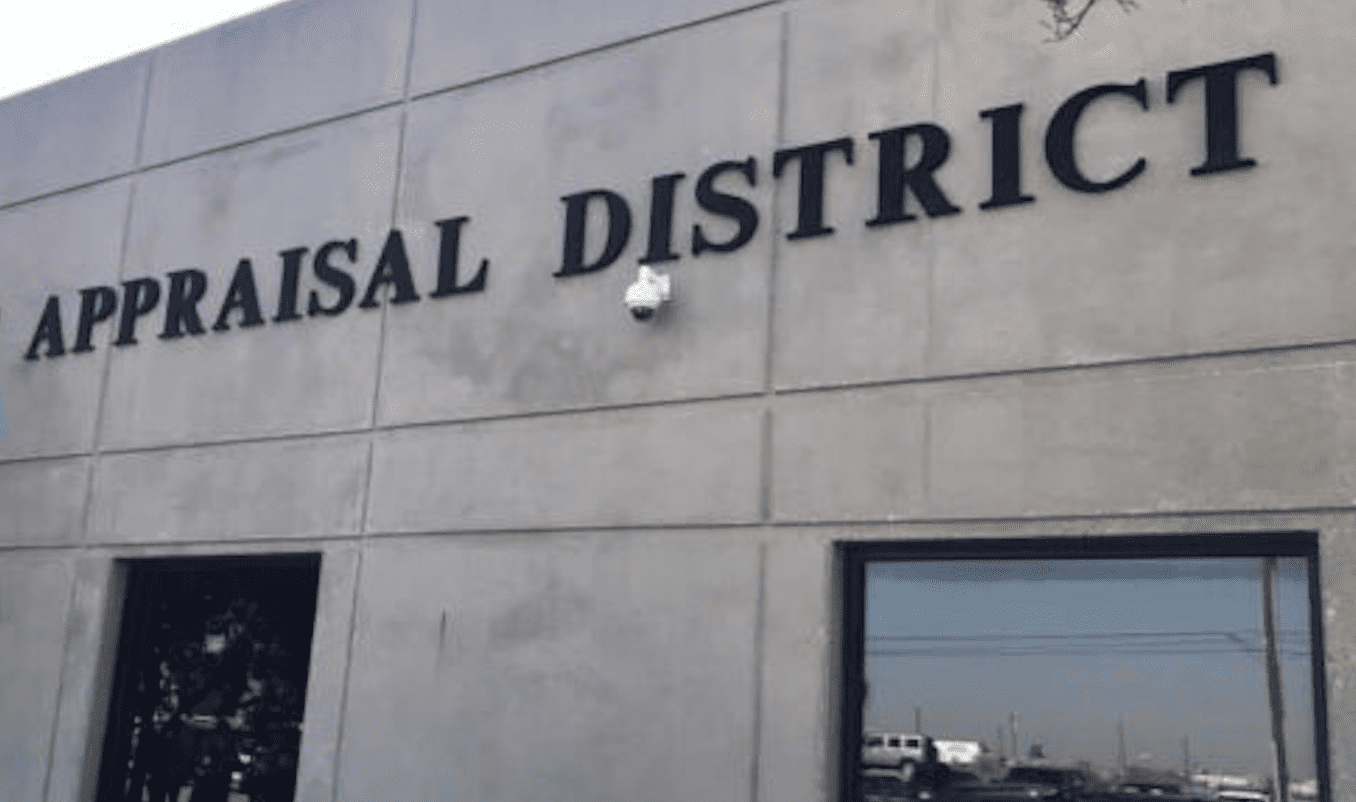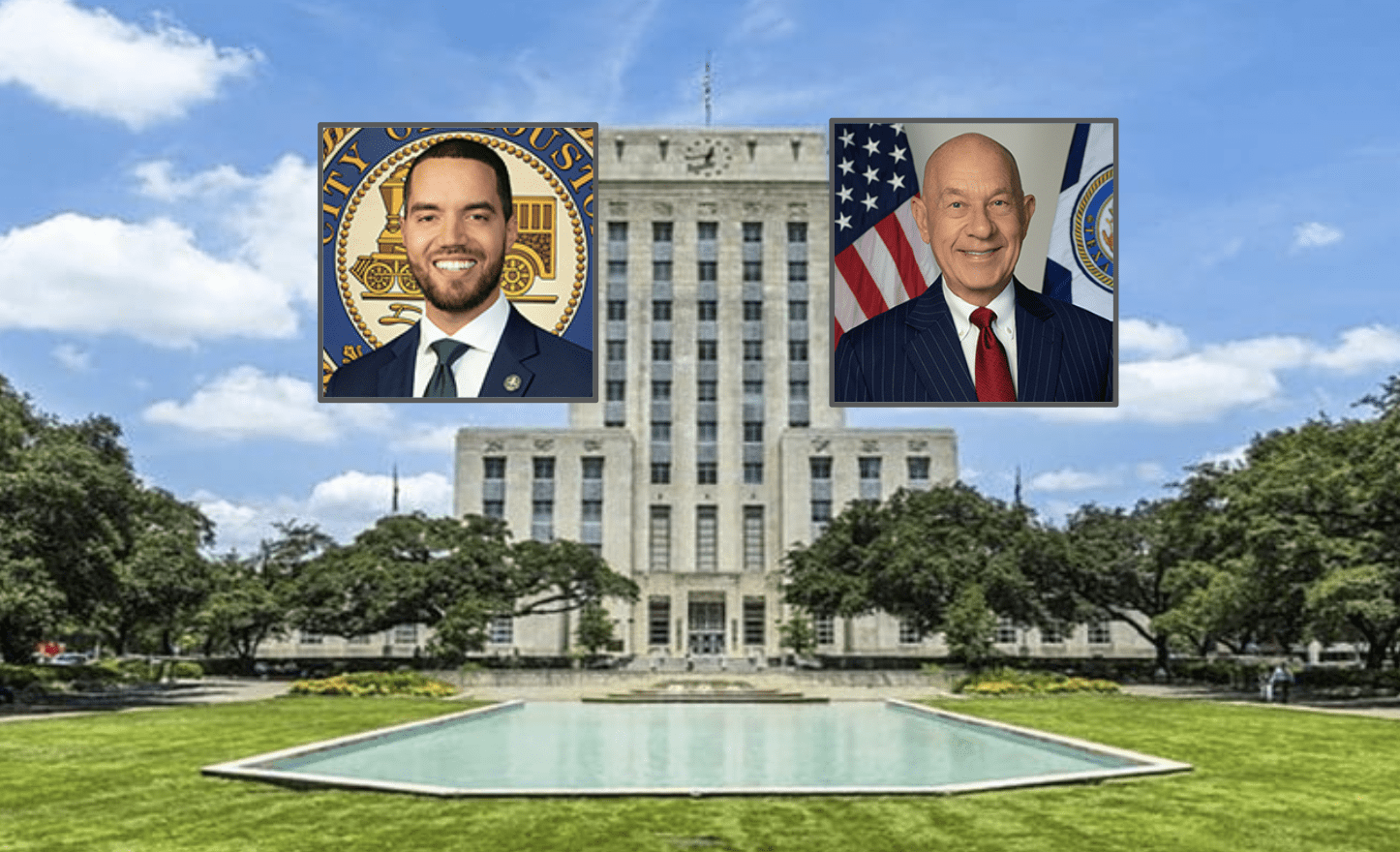Texas taxpayers who are counting on property tax reforms passed in 2019 to keep their 2022 property tax bills from going through the roof may be in for a surprise.
Senate Bill 2 limited cities and counties to annual property tax increases of 3.5 percent, unless voters approve a higher tax rate that raises more revenue. The new “voter-approval rate” is significantly lower than the previous 8-percent cap that local officials enjoyed for years.
The surprise awaiting taxpayers is the “unused increment rate.”
A provision within SB 2 allows taxing entities to bank a three-year rolling total of “unused” tax hikes—the differences between each year’s adopted tax rate and the voter-approval rate—and then add those unused increments on top of the current year’s voter-approval rate, without asking voters.
Local officials have accrued two years of unused increments since SB 2 took effect. That means property taxpayers could be hit with up to three years’ worth of tax hikes in 2022, with no chance to vote “no.”
The size of any surprise tax spike depends on how much (or little) local officials raised taxes in 2020 and 2021.
Other factors to consider:
- The 3.5-percent cap only applies to the portion of taxes that pay for local governments’ maintenance and operating expenses.
- Property taxes collected to repay debt and interest are approved as part of bond propositions and can be increased with no further input from voters.
- Cities with populations under 30,000 may choose a “de minimis” rate that collects $500,000 more in property tax revenue instead of the voter-approval rate plus unused increments.
- Special taxing units such as junior college and hospital districts can still raise tax revenues by up 8 percent before having to ask voters to approve a tax hike.
During debate over SB 2, multiple local officials declared the cap would force drastic “cuts” in core services. Yet local governments have continued to collect and spend more tax money each year—even if they adopt the no-new-revenue rate, which keeps average homeowners’ tax bills flat by offsetting rising property values—because of taxes paid on new properties added to the tax rolls, which aren’t included in the no-new-revenue or voter-approval rate calculations.
School districts, which account for the biggest chunk of Texans’ property tax bills, are subject to different legislative reforms.
House Bill 3, which also passed in 2019, limited school districts’ tax increases to 2.5 percent and made a number of other changes to school property tax collections, including requiring districts to lower (compress) their rates and using state funds to make up the difference.
Local governments are in the process of budgeting how much they want to spend for the coming year and deciding how much to tax their citizens to pay for that spending.
Now is the time for citizens to communicate with local officials about their own priorities and spike any surprise property tax hikes.
No ads. No paywalls. No government grants. No corporate masters.
Just real news for real Texans.
Support Texas Scorecard to keep it that way!





